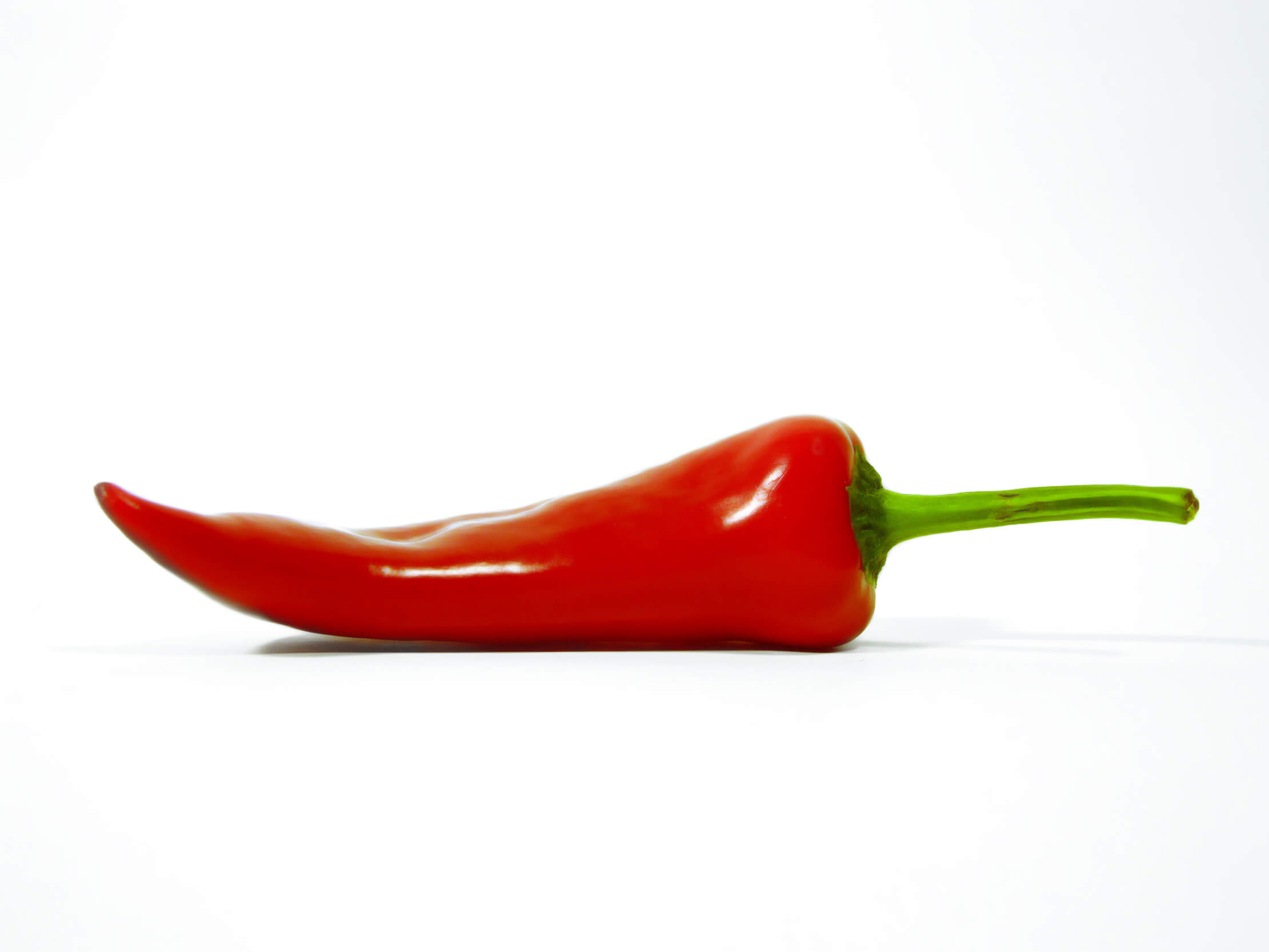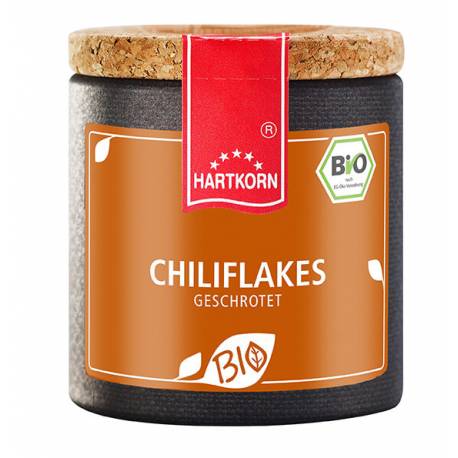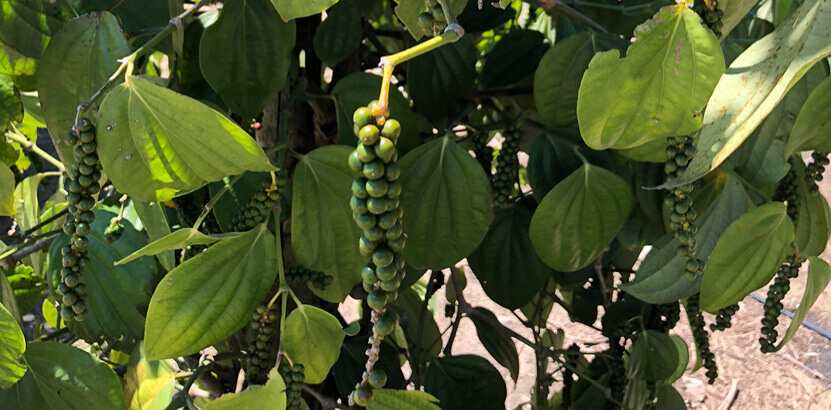Synonyms: Botanical family: origin: Classification: spice shape: flavor: odor: use: All types of chili taste very hot, some even extremely hot. The smell is characteristic, and even tiny particles irritate to sneeze after inhalation. In the kitchen, chilies are used whole, crushed or ground mainly for fiery-hot meat dishes. They are also suitable for seasoning preserves or preparing various pickles. tip: Recipe suggestion: knowledge: Botany: Home & Spread: cultivation & extraction: history: Chili
 Botanical name:
Botanical name:
Capsicum frutescens L.
chili, chilli, pepperoni, guinea pepper
shade family
USA, northern South America, Africa and Southeast Asia
spice
fruit
burning hot
almost odourless
Goulash, meat loaf, chili con carne, chili + salad dressings, penne all arabiata, fish, seafood, party soups.
Very popular in the Asian and Thai cuisine. Also with Mexican and Caribbean dishes
Chilli sauce: Remove the seeds from 25 g of dried chilli peppers and soak in boiling water for 30 minutes, sieve. Whisk 300 ml beef stock with the chilies, 5 tbsp. oil, 1 chopped clove of garlic and 1 tsp. salt in a mixer
botany: Paprika and chili fruits are distinguished according to the degree of sharpness of the Scoville Scala (0 - 1 million SU). Habanero and Tabasco chilies are particularly hot chili varieties.
The close relative of the spice and vegetable bell pepper from the nightshade family is a perennial shrubby plant, which is cultivated in several subspecies and reaches a height of 1.5 to 1.8 m. The branches are richly leafy. Two or more small greenish-white flowers sprout from the leaf axils, from which the dull conical or cherry-shaped fruits, the chilies, develop, depending on the form of cultivation. The former are 1.5 to 3.0 cm long and 0.6 to 0.8 cm wide, the latter have a diameter of about 2.0 to 2.5 cm. The fruits are initially green, but become smooth and shiny orange-red to dark red when ripe.
The home of the chilies is the tropical Central and South America, where they are grown in large quantities today. But also in the southern USA, in Nigeria, Uganda, Tanzania, Ethiopia, Turkey as well as in India, Thailand and Japan chilies are cultivated.
The plant is well suited for large-scale cultivation in fields, although harvesting must be done manually, as the individual fruits reach full ripeness at different times. The picked fruits are dried and are sold whole, roughly crushed or ground.
With the discovery of the New World, chilies came to Europe together with paprika. The Spaniards, together with the Portuguese, spread their fiery "Spanish pepper" and ensured the worldwide cultivation of today's numerous types of chilies.
http://de.wikipedia.org/wiki/Liste_der_Paprika-_und_Chilisorten







